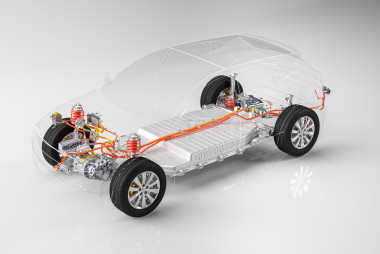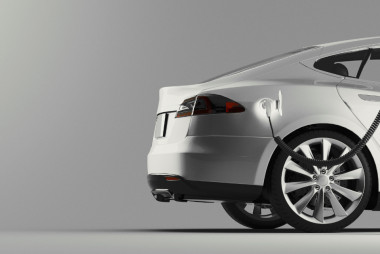HOW FAR CAN AN ELECTRIC VEHICLE (EV) GO ON ONE CHARGE?
#teltonikaenergy, #electricvehicles
One of the most common reasons people do not buy an EV is that they can only go short distances before running out of power. However, 'short range' is more like a myth than reality, and we will try to explain that in detail.
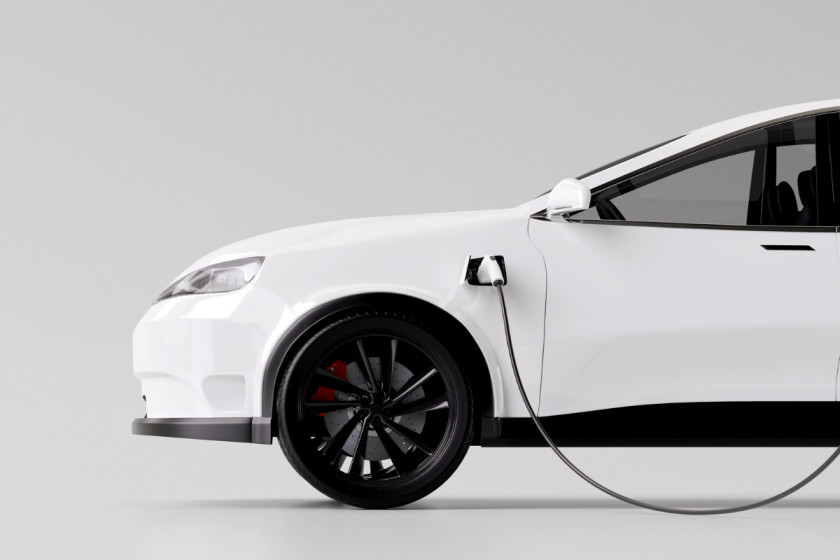
Electric vehicles (EVs) have been making headlines in the past few years. Of course, as with any hot new technology, people are eager to get their hands on it. But EV fans may experience doubts as they consider whether or not to buy an EV.
One of the most common reasons people do not buy an EV is that they can only go short distances before running out of power. According to a recent survey, 75% of consumers who do not currently own an EV are holding out because they do not want to be stuck without an EV charging station within their normal driving range. However, 'short range' is more like a myth than reality, and we will try to explain that in detail.
WHAT AFFECTS THE DRIVING RANGE FOR EVS?
Talking about EVs, it is essential to mention that some drivers manage to get more out of their cars than others. And many factors contribute to this. For example, temperature, driving speed, and EV charging infrastructure all play a role in determining how far you will get on a single charge.
One of the most important factors is the battery capacity inside your car. The battery capacity of your electric vehicle is determined by how much energy it can store and how quickly it can discharge it. The more energy a battery can store and release, the longer it will last between charges. Higher-capacity batteries generally provide more power for extended periods and better performance in cold weather conditions.
However, it is important to note that other factors can influence your driving range. Terrain - hills, and mountains will reduce your range due to the extra energy required for climbing them. Also, driving on bumpy roads can reduce your range as this causes more wear on the battery and tires.
Weather conditions - cold weather reduces range because it takes more energy to heat the cabin and battery than in warm weather.

Speed and driving style - the faster you drive, the more power you use and the faster your battery discharges. If you use the same amount of energy to operate at higher speeds, your battery will last longer.
Last but not least, vehicle size and weight - larger vehicles are not necessarily heavier, but they are more difficult to move than smaller ones because they have more mass. This means larger vehicles use more energy when accelerating from a stop or turning corners at higher speeds. In addition, heavier cars have less traction on snow and ice because they exert more force against the ground when turning corners or accelerating up hills.
WHICH ELECTRIC VEHICLE HAS THE LONGEST AND THE SHORTEST RANGE?
Regarding electric vehicles, the range is the key factor determining whether or not an EV is a good fit for your lifestyle. According to Eurostat statistics, the average daily driving distance in Europe is 50-70 km per day. This means that most EVs have enough battery capacity to cover your daily needs without recharge during the day. However, if you drive more than that, you will need to search for some options to fulfill your needs.
Though the average range of a modern EV is still limited to approximately 160 km (100 miles), some models can go up to 322 km (200 miles) between charges. Furthermore, some EVs have a range of up to 480 km (300 miles). To get an idea of how far an EV can go, let's take a look at some popular EVs on the market today and their ranges.
NISSAN LEAF
The Nissan LEAF is a popular electric car that has been on sale since 2010. The model of the year 2022 has a 200 km (124 miles) range, which can be increased to 350 km (217 miles) with a 62 kWh battery pack option. The car's battery can be charged from depleted to 80 percent capacity in just 40 minutes using a fast charger. However, charging from 0 to 100 percent using a 7 kW charger will take around 6.5 hours.
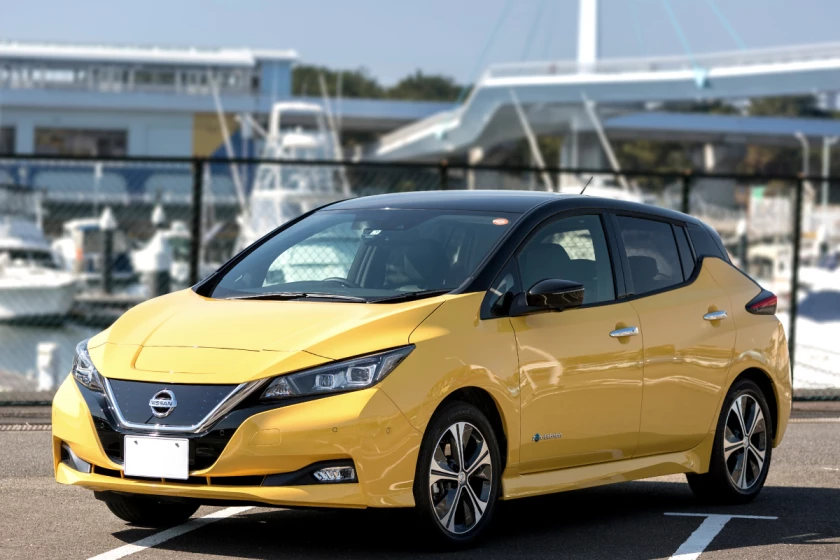
BMW i3
The BMW i3 is another popular electric vehicle that has been on sale since 2014. The model of the year 2021 has a 120 Ah, 42.2 kWh battery pack and an EPA-rated range of 246 km (153 miles). In addition, this car can be ordered with an optional gasoline-powered engine to provide additional capacity and eliminate the risk of being stuck in the middle of your way home.
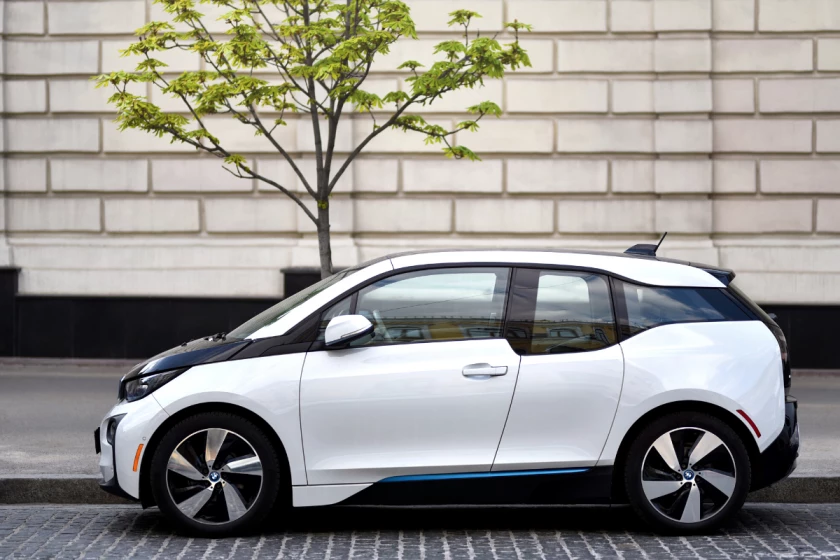
HYUNDAI KONA
Hyundai KONA model of the year 2022 has one of the most extensive ranges out there. An EV with a 39 kWh battery offers a range of up to 305 km (189 miles). If you are picking the long-range, 64 kWh battery option, it will come with an impressive 484 km (300 miles) driving range on a single charge. A fast charger can charge the car's battery to 80 percent in just 47 minutes. Charging from 0 to 100 percent at home or using a public AC charging station takes almost 7 hours.
The range is based on how much energy is stored in the battery. This is usually measured by kilowatt-hours (kWh). The more kWhs your car has, the further it can go on a single charge.

HOW HAVE EV BATTERIES EVOLVED OVER THE YEARS?
The first mass-produced EVs were powered by lead-acid batteries with a very limited range. Then, in the 1990s and early 2000s, nickel-metal hydride (NiMH) batteries began to be used in low-cost EVs like the GM EV1 and Toyota RAV4 EV. These batteries could store more energy than lead-acid batteries but still did not last very long.
As technology improves, so does the efficiency of batteries used in EVs. Today's battery packs are significantly more efficient than those on earlier models, and newer EVs can travel farther on a single charge than older models could. Nowadays, most EVs use lithium-ion (Li-ion) batteries, which are much lighter and capable of storing more energy than NiMH or lead-acid batteries. Li-ion batteries don't need much maintenance, and they can last for thousands of charge cycles before they need to be replaced.
WHERE TO CHARGE THE ELECTRIC CAR?
Driving an EV is a new experience for many drivers and one that requires some adjustment. One of the most common questions asked by those new to electric vehicles is, "Where should I charge my EV?".
Electric vehicle charging infrastructure is necessary for the success of EVs. That is why governments, manufacturers, and charging companies are working together to build an extensive network of fast-charging stations along highways, workplaces, and public spaces.
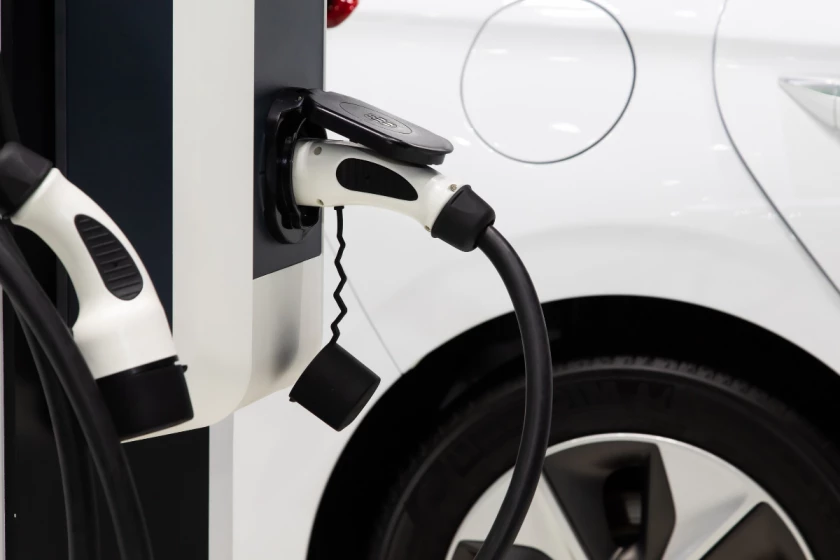
Charging stations for electric cars are much like fueling stations for gasoline-powered vehicles. They are found at home, at work, and on the road. Some EV owners charge their vehicles overnight at home; others stop at public charging stations during their commutes or daily errands.
If you are thinking of buying an electric car, it is worth considering whether you will have access to enough charging stations nearby.
